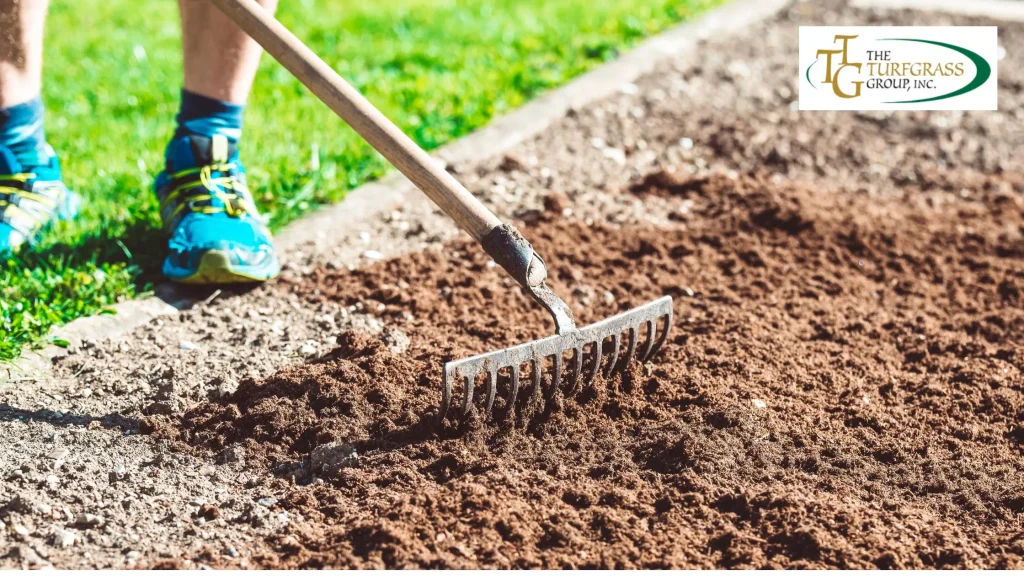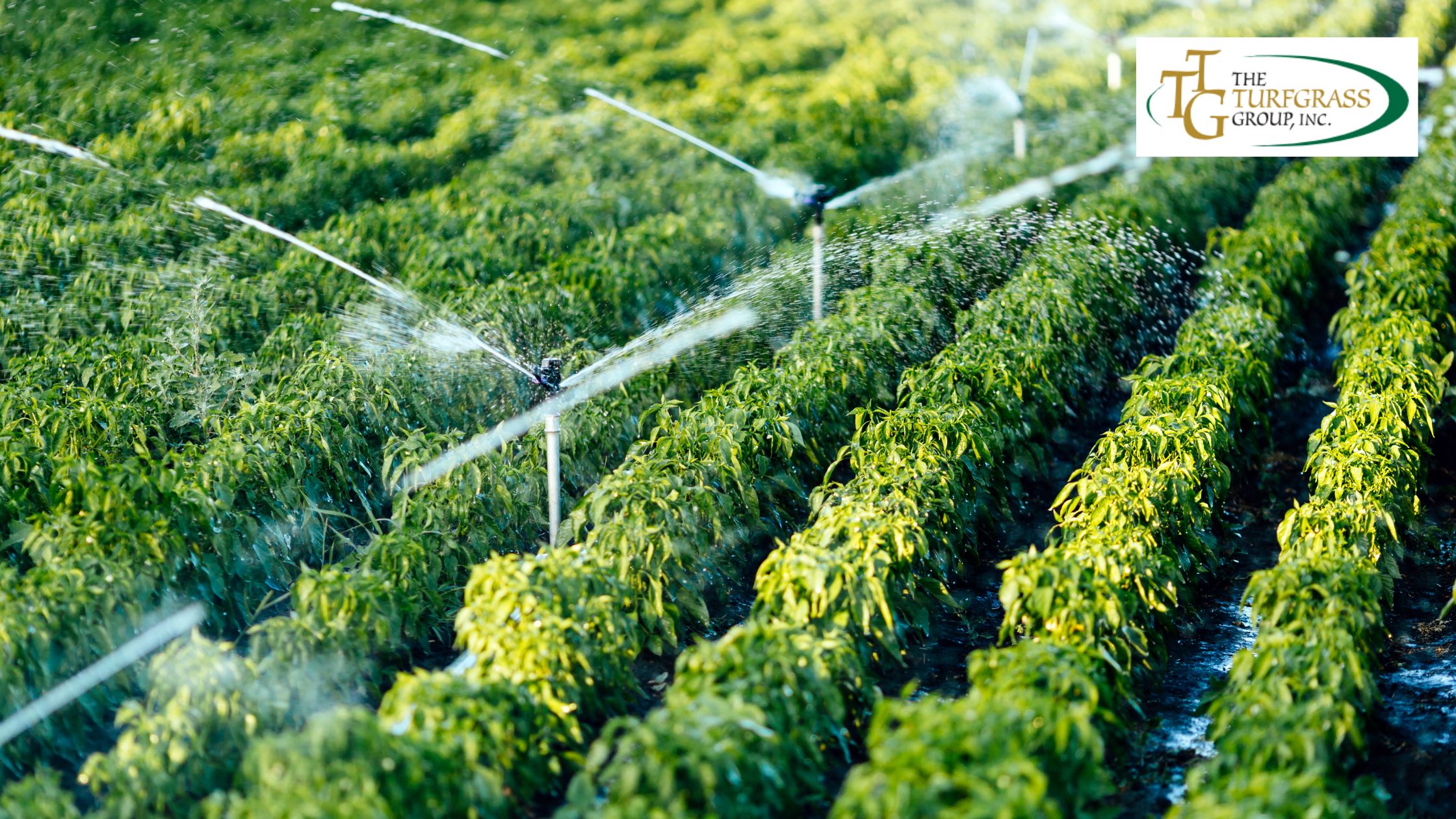
Zoysia grass, known for its dense, carpet-like growth and exceptional drought tolerance, is a popular choice for homeowners seeking a low-maintenance lawn.
However, the key to a lush, healthy Zoysia lawn lies in soil preparation.
Whether you’re starting from scratch or renovating an existing lawn, proper soil preparation is crucial for ensuring that your Zoysia grass thrives.
This article will guide you through everything you need to know about soil preparation for Zoysia grass.
Understanding Zoysia Grass
Before delving into soil preparation, it’s essential to understand the characteristics of Zoysia grass and why it’s unique.
Zoysia grass is a warm-season grass that thrives in regions with hot summers and mild winters.
It’s known for its ability to tolerate heat, drought, and heavy foot traffic, making it an excellent choice for residential lawns, golf courses, and public parks.
Zoysia grass spreads through both stolons (above-ground runners) and rhizomes (below-ground runners), creating a dense, mat-like turf.
This growth pattern helps to crowd out weeds and reduces the need for frequent mowing.
However, compared to other grasses, Zoysia is slow-growing, so proper soil preparation is essential to give it the best possible start.
Why Soil Preparation Matters
Soil preparation is a critical step in establishing a healthy Zoysia lawn.
The quality of your Soil directly impacts the grass’s ability to take root, absorb nutrients, and withstand environmental stressors.
Poor soil preparation can lead to weak growth, increased susceptibility to pests and diseases, and a lawn that requires more maintenance over time.
Proper soil preparation ensures that your Zoysia grass has the right conditions to establish a robust root system.
This includes having the right soil texture, pH level, nutrient balance, and drainage.
Investing time in soil preparation before planting will pay off in the long run with a beautiful, resilient lawn.
Step 1: Soil Testing
The first step in preparing your Soil for Zoysia grass is to conduct a soil test.
This test will provide valuable information about your Soil’s pH, nutrient levels, and organic matter content, which is crucial for making informed decisions about soil amendments and fertilization.
You can obtain a soil test kit from a local garden center or your county’s cooperative extension office.
Once you’ve collected soil samples from different areas of your lawn, please send them to a soil testing lab for analysis.
The results will include recommendations for adjusting your Soil’s pH and nutrient levels to meet the needs of Zoysia grass.
Understanding Soil pH
Zoysia grass prefers slightly acidic to neutral Soil with a pH range of 6.0 to 7.0.
If your soil test results indicate that your soil pH is outside this range, you’ll need to adjust it before planting.
- If the pH is too low (acidic), Apply lime to raise the pH. The amount of lime needed will depend on the current pH level and the Soil’s composition. Follow the recommendations provided by your soil test report.
- If the pH is too high (alkaline), Apply sulfur or organic matter like peat moss to lower the pH. Again, follow the soil test recommendations to determine the appropriate amount.
Step 2: Clearing the Area
Once you’ve addressed any pH issues, the next step is to clear the planting area of any existing vegetation, debris, and rocks.
This step is crucial for ensuring that your Zoysia grass has a clean, weed-free environment to establish its roots.
- Remove Existing Grass and Weeds: Use a sod cutter or a shovel to remove existing grass and weeds. Be sure to remove the roots as well, as any remaining root fragments can lead to regrowth and competition for nutrients.
- Clear Debris: Remove any rocks, sticks, and other debris from the area. Large debris can obstruct root growth and interfere with soil preparation.
- Tilling: Once the area is cleared, till the Soil to a depth of 4 to 6 inches. Tilling helps to break up compacted Soil, improve drainage, and create a loose, friable surface for planting.
Step 3: Amending the Soil
After tilling, it’s time to amend the Soil to create optimal growing conditions for Zoysia grass.
Soil amendments improve the texture, structure, and nutrient content of the Soil, helping the grass establish a strong root system.
Organic Matter
Adding organic matter to your Soil is one of the most critical steps in soil preparation.
Organic matter improves soil structure, enhances water retention, and provides a slow-release source of nutrients for your grass.
- Compost: Incorporate 2 to 3 inches of compost into the top 6 inches of Soil. Compost adds valuable nutrients, improves soil aeration, and promotes beneficial microbial activity.
- Peat Moss: If your Soil is sandy or has poor water retention, consider adding peat moss. Peat moss helps to retain moisture and provides a stable environment for root growth.
- Aged Manure: Aged manure is another excellent source of organic matter. Be sure to use well-composted manure to avoid introducing weed seeds and pathogens into your Soil.
Sand
If your Soil has heavy clay content, adding sand can help improve drainage and prevent waterlogging.
Mix coarse sand into the Soil at a ratio of 1 part sand to 3 parts soil.
Avoid using fine sand, as it can lead to compaction and poor drainage.
Fertilizers
Based on your soil test results, you may need to add specific fertilizers to address nutrient deficiencies.
Zoysia grass typically requires a balanced fertilizer with a ratio of 3-1-2 (nitrogen, phosphorus, potassium).
Apply the recommended amount of fertilizer and work it into the top 4 to 6 inches of Soil.
Step 4: Grading and Leveling
Proper grading and leveling are essential for ensuring even growth and preventing water pooling, which can lead to root rot and other issues.
- Grading: The Soil should slope away from buildings and structures to prevent water from pooling around foundations. Use a rake or a grading tool to create a gentle slope, ideally 1 to 2 percent.
- Leveling: After grading, use a rake to level the soil surface. Remove any high spots and fill in low areas to create a smooth, even surface. This will help ensure uniform growth and make mowing easier.
Step 5: Pre-Planting Irrigation
Before planting your Zoysia grass, it’s essential to water the Soil thoroughly.

This step helps to settle the Soil, eliminate air pockets, and provide the moisture needed for seed germination or sod establishment.
- Irrigate Deeply: Water the Soil to a depth of at least 6 inches. This encourages deep-root growth and helps the grass establish itself more quickly.
- Let the Soil Settle: Allow the Soil to settle for a few days before planting. This will help you identify any remaining low spots that need to be filled in.
Step 6: Planting Zoysia Grass
Once your Soil is prepared correctly, you’re ready to plant your Zoysia grass.
You can establish Zoysia grass through sod, plugs, or seed, depending on your budget and the time of year.
Sod
Sod provides an instant lawn and is the quickest way to establish Zoysia grass.
Lay the sod pieces tightly together, staggering the seams like bricks.
After laying the sod, use a lawn roller to press the sod into the Soil, ensuring good contact between the roots and the Soil.
Plugs
Plugs are small sections of Zoysia grass that can be planted in a grid pattern across your lawn.
While slower to establish than sod, plugs are more cost-effective and will eventually spread to fill in the gaps.
Plant the plugs 6 to 12 inches apart, depending on how quickly you want the lawn to fill in.
Seed
If you’re planting from seed, be sure to use high-quality Zoysia grass seed and follow the recommended seeding rate.
After seeding, lightly rake the Soil to cover the seeds, then water the area gently to promote germination.
Step 7: Post-Planting Care
Proper post-planting care is crucial for helping your Zoysia grass establish a robust root system.
- Watering: Keep the Soil consistently moist until the grass is established. This may require daily watering, especially in hot, dry conditions.
- Fertilization: Avoid fertilizing immediately after planting. Wait until the grass has established and is actively growing before applying additional fertilizer.
- Mowing: Hold off on mowing until the grass has reached a height of 2 to 3 inches. Set your mower to a height of 1 to 2 inches for Zoysia grass, and avoid cutting more than one-third of the grass blade at a time.
Conclusion
Proper soil preparation is the foundation of a healthy, thriving Zoysia lawn.
By taking the time to test your Soil, amend it with organic matter, and create the right conditions for growth, you’ll be well on your way to enjoying a beautiful, low-maintenance lawn for years to come.
Remember, the success of your Zoysia grass depends on the care and attention you give it from the very beginning, so invest the time and effort into proper soil preparation, and your lawn will reward you with its resilience and beauty.
If you’re ready to transform your lawn with Zoysia grass or have any questions about soil preparation and care, don’t hesitate to reach out to experts who can guide you through the process.
Visit us at The Turfgrass Group to get in touch and start your journey toward a perfect lawn today.
FAQs
Why is soil preparation essential for Zoysia grass?
Soil preparation is essential for Zoysia grass because it ensures that the grass has the right conditions to establish a robust root system. Proper soil preparation improves nutrient absorption, drainage, and overall lawn health, leading to a lush, resilient lawn.
What soil pH is ideal for Zoysia grass?
Zoysia grass thrives in slightly acidic to neutral Soil, with a pH range of 6.0 to 7.0. If your Soil’s pH is outside this range, adjustments may be necessary.
How do I test my Soil before planting Zoysia grass?
Conduct a soil test by collecting samples from different areas of your lawn and sending them to a soil testing lab. This will provide information on your Soil’s pH, nutrient levels, and organic matter content.
What should I do if my soil pH is too low or too high?
If the pH is too low (acidic), apply lime to raise it. If the pH is too high (alkaline), use sulfur or organic matter like peat moss to lower it. Follow the recommendations from your soil test for precise amounts.